Port Coquitlam, B.C., is campaigning hard for their hometown boy Terry Fox.
But it’s not for any sort of traditional contest or election — it’s for the chance to be featured on the Canadian $5 bill.
Last month, Bank of Canada governor Stephen Poloz announced that the federal government would be redesigning the bill, which currently features Canada’s seventh prime minister, Wilfrid Laurier. This follows a 2016 campaign to redesign the $10 bill, which ultimately led to the new bills featuring civil rights activist Viola Desmond that debuted in 2018.
The City of Port Coquitlam now has a direct link on its website encouraging people to nominate Fox for the $5, who ran his Marathon of Hope across Canada almost 40 years ago to raise awareness for cancer research. Fox died before finishing the run, but the Terry Fox Foundation has since raised millions of dollars for cancer research.
People have been using the hashtag #FoxForFiver to drum up support for the icon. This year will mark the 40th anniversary of Fox’s run, which many proponents — including Port Coquitlam Mayor Brad West — say makes it a perfect occasion to put Fox on the bill.
There are rules to these things. To get on the bill, a person has to be important, dead and real. A.k.a., they have to meet three qualifications:
- They are a Canadian by birth or naturalization who has demonstrated outstanding leadership, achievement, or distinction in any field, benefiting the people of Canada, or in the service of Canada.
- They have been deceased for at least 25 years (before March 11, 1995).
- They are not a fictional character. (Sorry, Anne of Green Gables!)
As much as we all love the idea of Celine Dion on the $5 bill — she unfortunately doesn’t qualify. Neither does national treasure Dan Levy or noted fun guy and sports hero Kawhi Leonard.
And before you ask, Queen Elizabeth — who features on the $20 and all of our coinage — has not been deceased for 25 years and is still very much alive. She, apparently, gets a pass. I guess that’s what happens when you’re the Queen.
Fox does meet these requirements, but he’s not alone. According to the Bank of Canada, more than 300 names have already been put forward. With that in mind, here are five highlights from the list of candidates for the new face of the fiver.
Terry Fox:
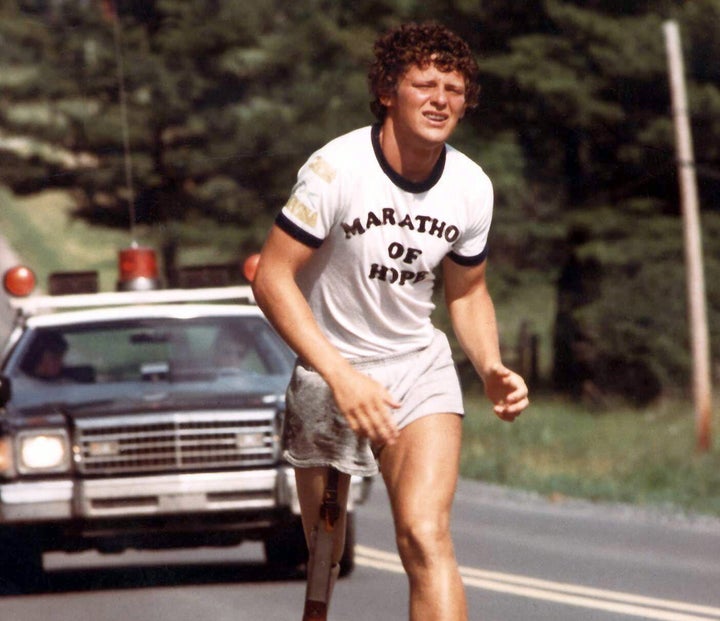
He’s got hometown support, and for good reason. Fox came in second place in the 2004 CBC television series designed to find “The Greatest Canadian.”
In 1977 Fox had one leg amputated due to osteosarcoma. In 1980, he set out to run across Canada to raise awareness for cancer research. And while the spread of his cancer eventually forced him to end his quest after 143 days and 5,373 kilometres, every year, people across Canada still participate in Terry Fox runs to raise awareness and money for cancer research.
Tommy Douglas:
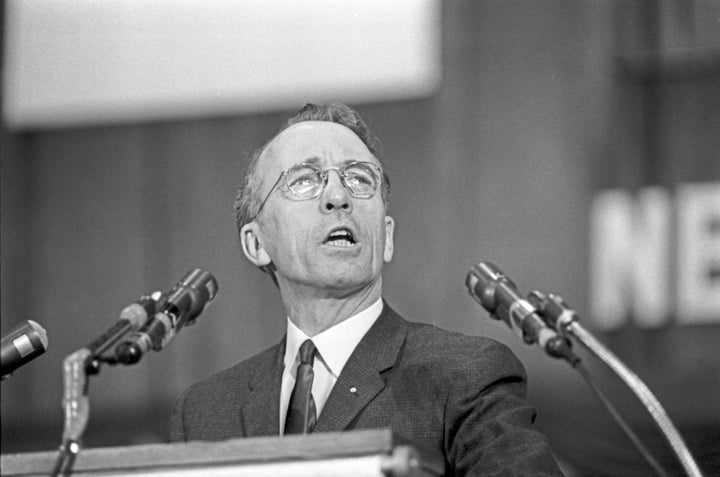
But the man who was named the Greatest Canadian ahead of Fox is the man behind Medicare, Tommy Douglas.
Douglas served as premier of Saskatchewan from 1944 to 1961 and leader of the federal New Democratic Party from 1961 to 1971. His cabinet introduced North America’s first single-payer, universal health-care program, commonly known as Medicare.
So while you’re watching all of the drama around Medicare for all unfold in the U.S. Democratic primary, know that Douglas got there first — more than half a century ago.
Agnes MacPhail:
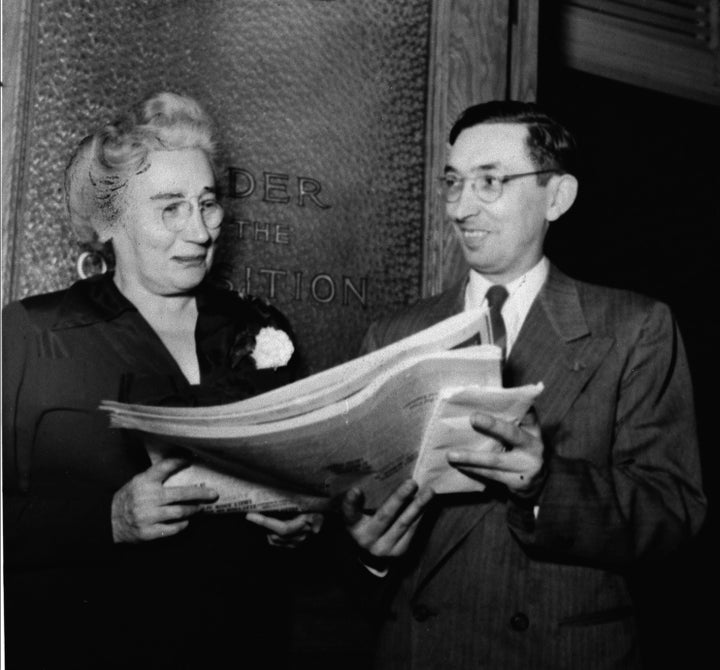
Canada’s first female Member of Parliament could also make a great candidate for the $5 bill. MacPhail was first elected in 1921 and served as an MP until 1940, after which she made the jump to provincial politics and served in the Legislative Assembly of Ontario from 1943 to 1945 and again from 1948 to 1951.
A devout pacifist, McPhail also championed establishing pensions for seniors and enshrining workers’ rights in legislation.
She also consistently championed women getting involved in politics, saying, “Most women think politics aren’t lady-like. Well, I’m no lady. I’m a human being.”
Louis Riel:
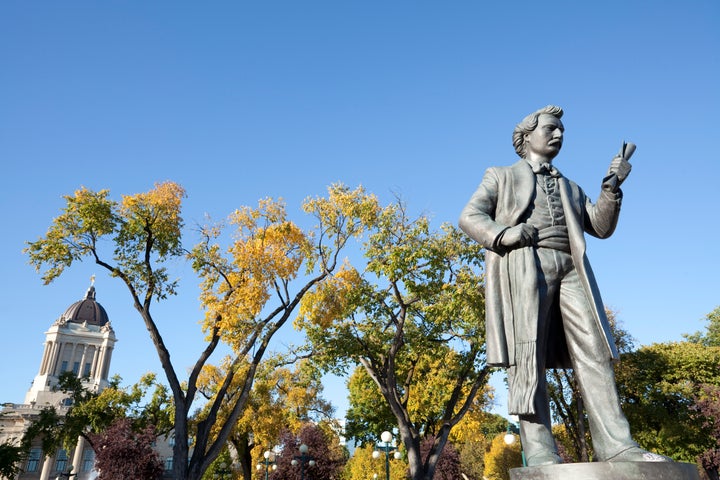
Metis leader Louis Riel is responsible for the founding of the province of Manitoba. But he also led two rebellions against the Canadian government and first prime minister John A. Macdonald, as Riel fought to preserve Metis land rights amidst the increasing presence of the Canadian government in the West.
Riel is a controversial figure in Canadian history, heralded by many as a champion for Metis and Francophone rights and by others as a rebel. While a fugitive of the government he was elected to the House of Common three times. Eventually in 1885 he was imprisoned, tried for treason and executed by Macdonald’s government.
When it was announced that Macdonald was being removed from the $10 bill in 2018, many people heralded it as a step in the right direction of acknowledging the problematic pasts of many of Canada’s historic figures (Macdonald was notably incredibly racist). Putting Riel — a man executed by Macdonald — on the bill could be a way of turning the tables.
Pauline Johnson (Tekahionwake):
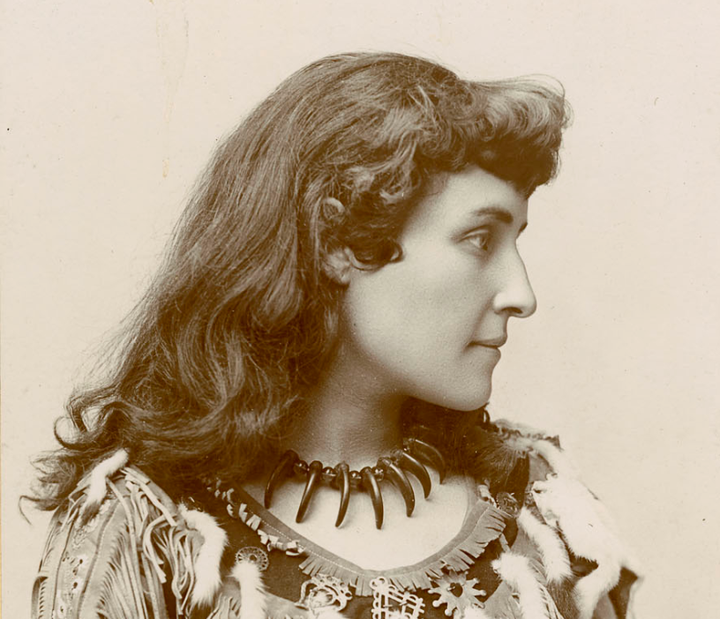
Another notable woman who was shortlisted for the $10 bill was E. Pauline Johnson, a poet and author of Mohawk and European descent. Johnson was a foundational figure in Canadian literature, and used her work to explore shifting perceptions of identity in Canada in the late 19th and early 20th centuries.
Born in 1861, Johnson fought against prejudicial ideas of race and gender at the time, exploring themes of feminine and Indigenous identity throughout her work. Her childhood home is a national historic site and there’s a monument to her in Vancouver, where she died in 1913.
There are plenty more important Canadians even beyond the list of 300 released by the Bank of Canada. The central bank will be taking nominations until March 11. After that a committee will narrow down a shortlist, before the final decision falls to Finance Minister Bill Morneau.
So go throw your hat in the ring for your favourite famous Canadian! Who knows, maybe you’ll end up with a wallet full of their face in the near future.
WATCH: Kiefer Sutherland wants politicians to stop invoking grandfatherTommy Douglas’s name.